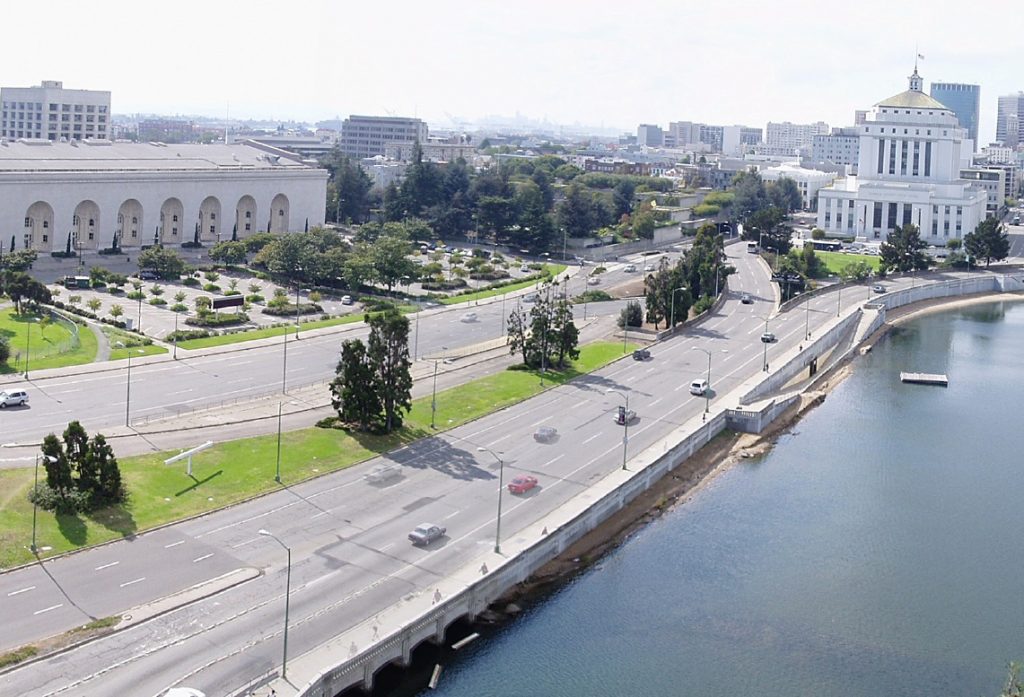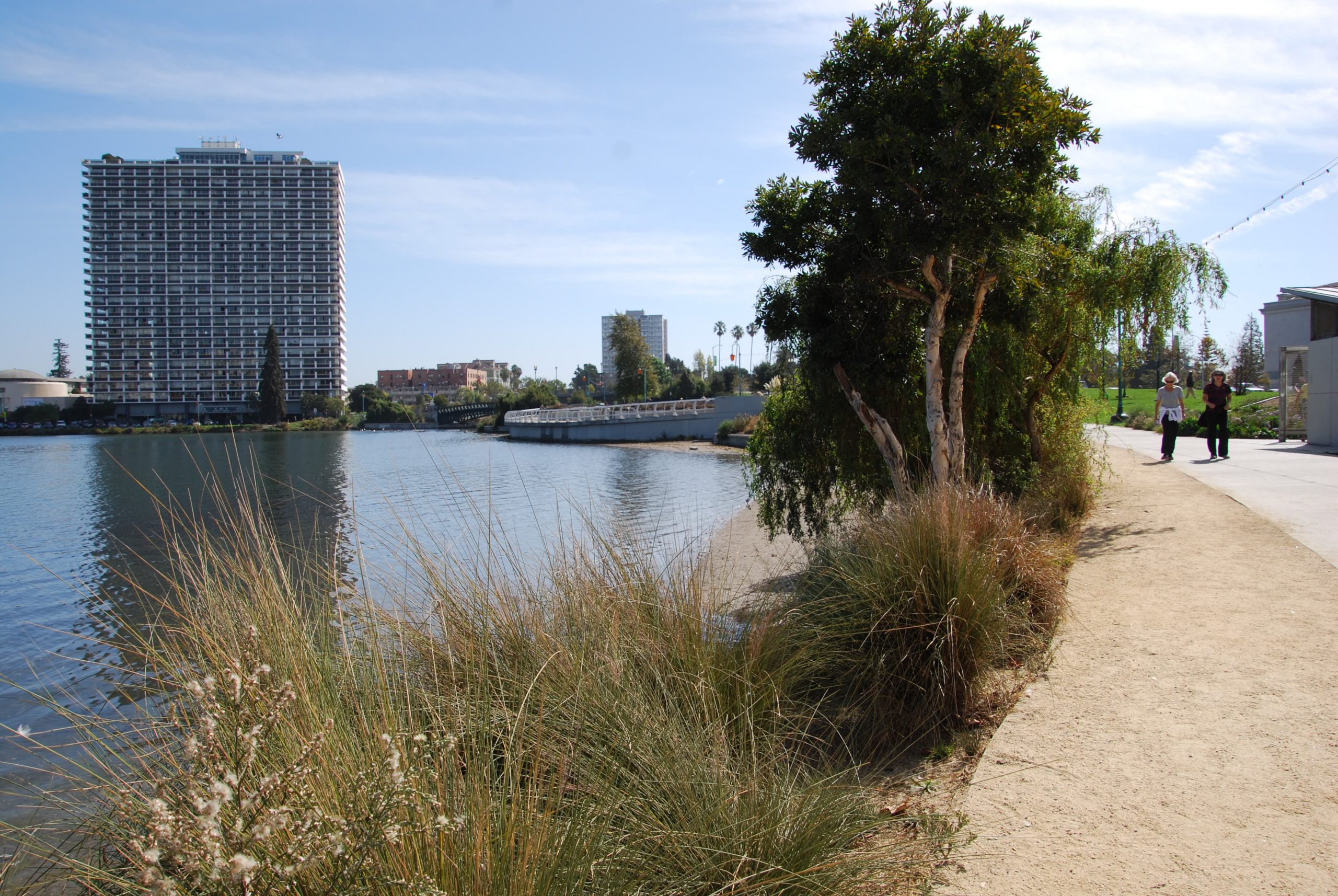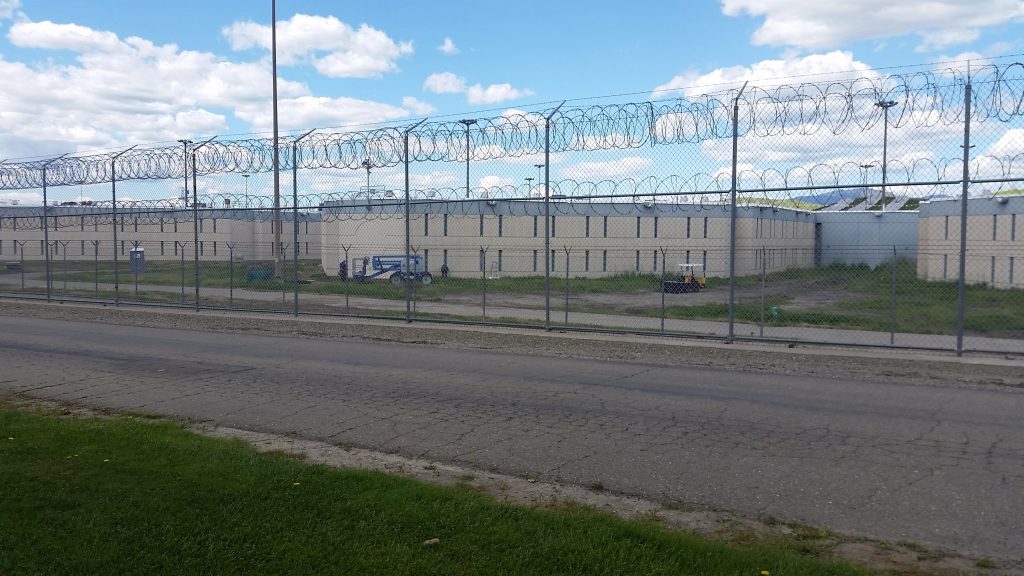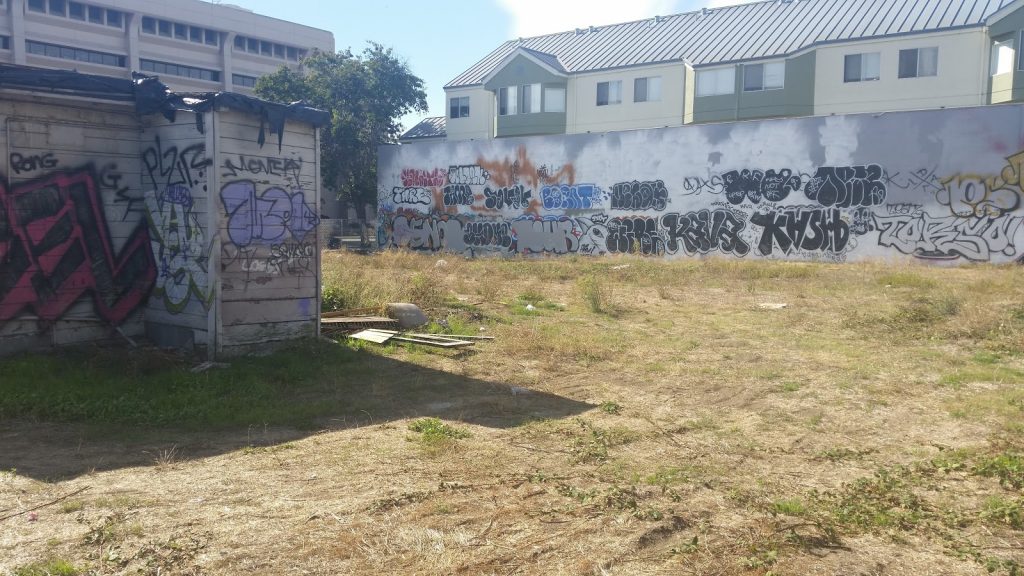The lake has never looked so good. But many newer Oakland residents and even some longtime ones may not realize how much Lake Merritt has changed in the past 15 years. Since 2002, when 80 percent of Oakland voters passed Measure DD, a $198 million bond measure, to pay for extensive improvement projects, Lake Merritt has been reinvigorated and is now a far more inviting destination for both humans and wildlife. And the work is nearly complete.
Measure DD also set aside money for creek restoration, youth recreation facilities, and improvements to park access and water quality of the Oakland Estuary. As of December, more than $140 million of the bonds had been spent, including more than $78 million of the $88 million allocated for lake improvements. And that’s not all. The city also treated the bond funds as “seed money” to aggressively pursue matching grants, and as of late last year, had raised more than $60 million to supplement the bonds.
In January, crews finally got started on improvements surrounding Snow Park, the last of the big projects for the lake area. Construction is expected to last until sometime in 2019, expanding the park with renovated restrooms, a new putting green, a new pedestrian promenade, as well as new bike lanes and racks. Some more work around the entrance to Children’s Fairyland at the intersection of Grand and Bellevue avenues is expected to be completed by the end of the year.
But as the work has carried on over the last decade, even signature projects like the restoration of the Municipal Boathouse and the reconfiguration of 12th Street have become so intrinsic to Oakland’s current day-to-day life that the full impact of the extensive work on the lake might be lost on people. Oaklanders may take for granted the picturesque pleasantness of a stroll along the lake on a warm, sunny afternoon as seagulls swoop overhead, crew teams row by, children frolic with dogs, and picnickers lounge about on the lawn.
While the lake has always been a popular destination for walkers, joggers, and bicyclists, its south end used to be extremely uninviting. A narrow sidewalk ran along a wide, high-traffic road with cars speeding by on their way from East Oakland to downtown. Pedestrians were elevated well above the lake’s narrow, rocky shoreline, which was often strewn with garbage and debris, including furniture and mattresses. It was a constant target for illegal dumpers, and it was loud from the traffic and often smelled.
“Twelfth Street was formerly what we called the shortest freeway in the world,” said Oakland Watershed Program and Measure DD manager Lesley Estes. “It was essentially a mini-freeway on top of a dam, and that’s what we got rid of.”

The city completely reconstructed the road, the sidewalk, and the shoreline. Crews demolished the culvert under 12th Street, and turned Lakeshore Avenue into a cul-de-sac leading to a pedestrian park and amphitheater by the lake’s shoreline. The redesign kept traffic elevated, away from the park, and redirected toward First Avenue and International Boulevard by a new bridge over the widened channel to the bay.
Estes said that while working on the project, she has witnessed a cultural shift of the use patterns around Lake Merritt. By making the entire 3.4-mile circumference pedestrian-friendly, it’s become more attractive to people outside Oakland, and even residents are using it far more widely than they used to. Now people are out at all times of day and jogging the lake before dawn.
“I don’t think anyone expected it would be this big and this great,” Estes said of the refurbishment project. “It’s become this incredibly high-desire place to walk around, and I think it’s really a result of Measure DD.”
The pedestrian upgrades included improvements to sidewalks and park space stretching up Lakeshore Avenue on the east side and along Lakeside Drive to the west. Many of the improvements were made with an eye to the lake’s history, including restoration of the 18th Street Pier and the Municipal Boathouse, now open as a public dock and home to Lake Chalet restaurant.
The restaurant opened in 2009, 100 years after the building first opened as part of a previous round of improvements at the lake promoted by then-Mayor Frank Mott. Those improvements included new parks and landscaping, a bandstand, lawn bowling greens, tennis courts, the sailboat house, and the “Necklace of Lights,” which started as a temporary project in 1913 and became permanent in 1925.
The history of the lake is full of improvement projects and efforts to protect its wildlife, but the lake also long had a reputation for blight and pollution. In 1870, it became the first wildlife refuge in North America, but by 1884, 90 percent of Oakland’s sewage was flowing into the lake.
Another aspect of the Measure DD work has been to let more water move freely in and out of the bay and improving water quality. That started when the city constructed the new bridge over the widened channel after demolishing the 12th Street culvert. By 2013, the channel had been sufficiently expanded to allow boats through.
Perhaps more accurately called a tidal lagoon, the lake connects to the bay and is subject to its tidal changes. But over its history, the channel was slowly and steadily filled in, substantially limiting the amount of water going in and out of the bay, leading to a lack of oxygen in the water and contributing to its sometimes foul smell.
Estes said this work is less obvious but has been transforming the water quality and habitat in the lake, making a better feeding environment for fish and birds alike. So far, the tidal flow has increased by more than 50 percent and work is continuing: The city removed another culvert under 10th Street a couple months ago as part of a channel project slated for completion this summer. The new tidal regime has been so pronounced that after opening the channel, residents called the city, concerned it was draining the lake.
Still to come is work on the pumping station at Seventh Street, which was completed in 1971 after heavy flooding in the 1960s. While some kind of tidal control will always be necessary to keep the area around the lake from flooding during the rainy season, the city is working with Alameda County Flood Control to study ways to keep the tide gates open as much as possible and in the process, improve pedestrian access at the Seventh Street Bridge.
The remaining work is mainly along the estuary, including connecting sections of the San Francisco Bay Trail, which can be challenging because of land ownership issues and technical feasibility. The last major park project for Measure DD will be a significant expansion of Estuary Park across from the massive Brooklyn Basin housing development currently under construction. The park would be doubled to about 18 acres, though construction is still a ways off. The planning process will begin later this year.
“It’s going to be a significant project that will change what the entrance to Lake Merritt Channel looks like,” Estes said. “We’re excited about that one. It’s our last big park review.”



